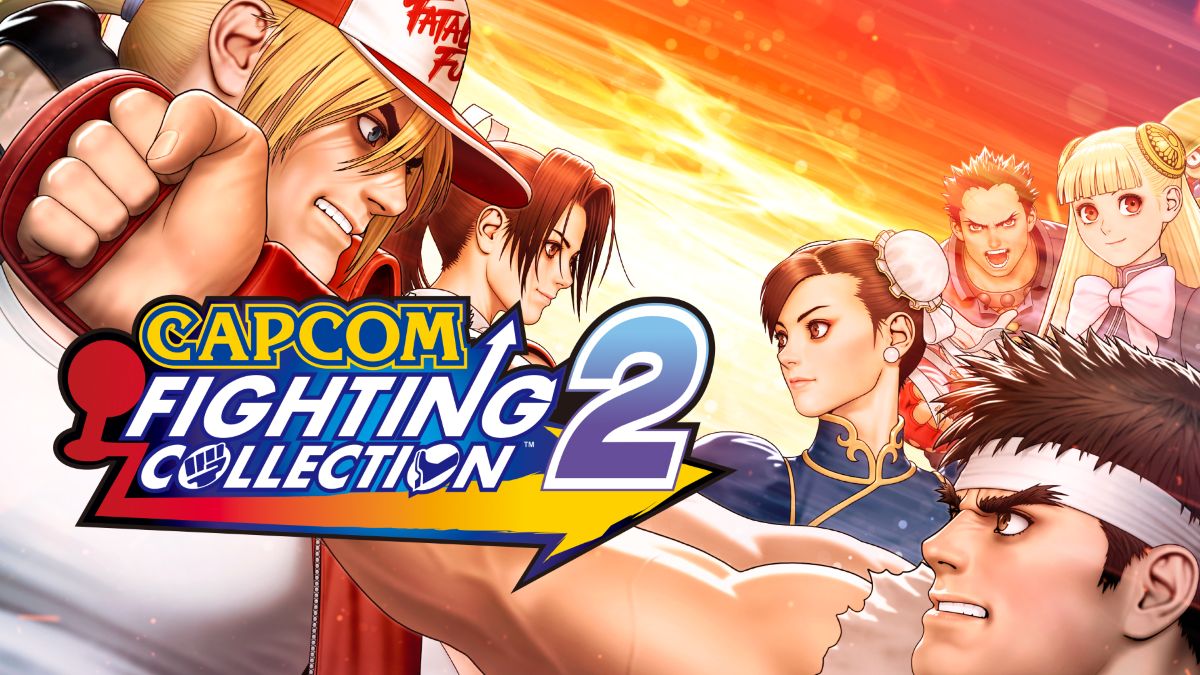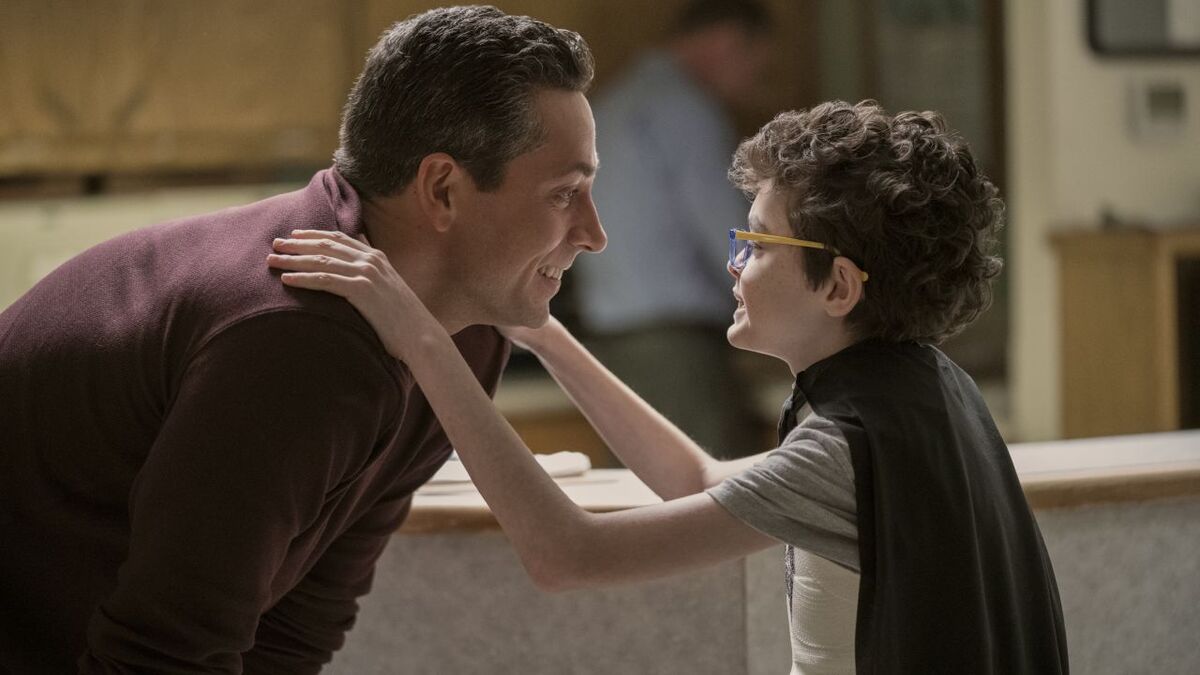The advent of Disney Plus has given the Mouse House’s marquee brands the leeway to take bigger risks than ever before, with the Marvel Cinematic Universe’s first forays into episodic storytelling allowing the shared superhero saga to take some wild swings it would never even consider attempting on the big screen. However, Star Wars hasn’t quite taken the same sort of plunge. Until now, that is.
The Mandalorian deftly toed the line between reverence, nostalgia and fan service while continuing to expand the lore first established by George Lucas back in 1977, while The Bad Batch is a relatively straightforward continuation of The Clone Wars and Rebels side of the mythology. Star Wars: Visions, which premieres on Disney Plus tomorrow, is unlike anything we’ve ever seen from a galaxy far, far away before, and it’s all the better for it.
Japanese animation studios Kamikaze Douga, Twin Engine, Trigger, Kinema Citrus, Production I.G. and Science SARU have partnered up with Lucasfilm to deliver nine anime-inspired shorts that run for between thirteen and 22 minutes, telling a brand new story set within a corner of the infinite Star Wars sandbox that’s never been visited. Each installment couldn’t be more different from the last, and the result is an exciting, thrilling, warm, funny and sometimes surprisingly emotional melting pot that proves once and for all that the beloved sci-fi series speaks a truly universal language.
Right off the bat, Star Wars: Visions instantly makes it clear that it’s a completely unique entry into the franchise. The first installment is the stark, black-and-white “The Duel”, which is as heavily indebted to the work of Akira Kurosawa as George Lucas was when he first began brainstorming his initial ideas almost five decades ago. The only flashes of color come from harsh reds, blues and greens, as Brian Tee’s mysterious wanderer gets himself caught up in a local dispute between innocent villager’s and Lucy Liu’s fearsome Sith, who gets an awesome lightsaber extension for good measure.
From there, we head into completely different and even more uncharted territory, with “Tatooine Rhapsody” essentially a Star Wars rock opera. Joseph Gordon-Levitt’s struggling musician Jay strikes a deal with Temuera Morrison’s Boba Fett to stop his bandmate from being killed on the orders of Jabba the Hutt, and the final act of the episode is a full-blown concert played in front of thousands of adoring fans, with the thumping soundtrack complementing the vivid animation and breezy narrative.
“The Twins” follows Neil Patrick Harris and Alison Brie’s titular Karre and Am, as they wrestle with what it means to be born from the Dark Side, “The Village Bride” starring Karen Fukuhara is a more thoughtful and meditative look at a quieter side of the galaxy that takes its time telling a story you feel yourself becoming increasingly invested in, before we immediately pivot into almost post-apocalyptic territory with “The Ninth Jedi”.
Set in a far-flung future where Kyber Crystals are a valuable commodity, a voice calls through the Force and draws out a cabal of Sith hunters with the promise of a lightsaber in a fascinating chapter that looks much further ahead time-wise than any of the live-action or animated projects to date have even dared contemplate. Straight after that, it’s back to outright whimsy with “T0-B1”, where an inquisitive older model droid wonders what it would be like to live as a Jedi, with Kyle Chandler bringing plenty of gravitas to his performance of Mitaka.
“The Elder” stars Jordan Fisher as an enthusiastic apprentice desperately seeking the approval of his master, voiced by David Harbour. When they head down to a planet long thought uninhabited, the young Jedi gets more than he bargained for when he runs into the titular aged badass, brought to life with scenery-chewing relish by 92 year-old James Hong, who’s been one of the industry’s most unsung character actors for decades.
“Lop & Ochō” revisits sibling rivalry again but from a completely different angle to “The Twins”, while “Akakiri” both rounds things off and brings them full circle with another Ronin-inspired tale that tracks Henry Golding’s world-weary warrior, saved from certain death by an old acquaintance who then drags him on one last adventure. Diving too much into specifics about the majority of Star Wars: Visions would be saying too much, but if you’re willing to give it a shot then you’re in for a hell of a good time.
One potential drawback is that non-anime fans might not find too much to love about several of the episodes; but that’s fine, because you can just skip whatever ones don’t tickle your fancy and move onto the next. A feature length Star Wars anime would run the risk of potentially alienating a lot of longtime supporters who may not care for the visual style, tone or whatever else might bother them. However, nine short films is a more than suitable compromise, and almost everybody with even a passing interest in the franchise is bound to find at least one that they’ll get a real kick out of.
Your mileage on Visions will depend greatly on your personal preference, because each mini-movie stands apart as so wholly original and distinct from every other piece of Star Wars media we’ve seen on either the big or small screens. If you’ve got no interest in anime whatsoever, then there’s a high probability you won’t make it all the way through the entire series. That being said, “The Duel” was undoubtedly the best way to kick things off, because it’s comfortably one of the standout stories, and viewers will be equal parts intrigued and excited to see what happens next.
Star Wars: Visions is an ambitious experiment, and largely a successful one. Chances are high that it’ll prove somewhat polarizing among the purists, though, but there’s plenty to enjoy for old and new fans alike. Hopefully it becomes a recurring Disney Plus project, because the potential to continue mining the furthest reaches of the property for inspiration is virtually limitless.













Published: Sep 21, 2021 11:00 am